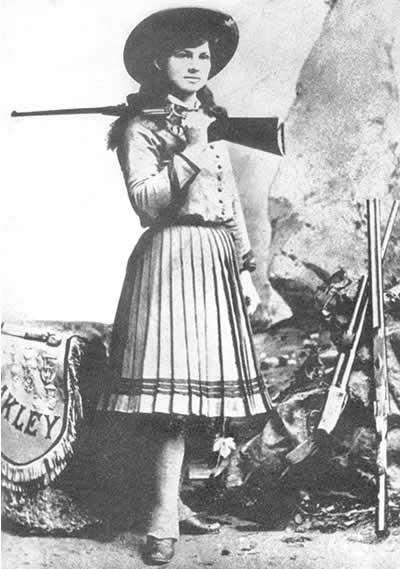Perhaps it did, because in addition to the mountain of books that cluttered his office, rumor had it that he rented an apartment in town solely for book storage.
Of all the classes I took from him, the best, most memorable piece of wisdom I ever heard from him came after he reviewed my behemoth of a paper known as a senior project.
I sat down across from him in his office, and he leaned back in his chair, as he was wont to do. Looking off as into the distance, he gestured with his hands as he spoke what I was sure to be an unrestrained blessing over the paper I had labored so hard to produce.
“This paper,” Dr. Marler said, “is like a shotgun. I need it to be more like a rifle.”
In an instant, I knew exactly what the old man meant—the paper needed a focus, a clear direction, a precision that just hadn't been there before.
Shotgun writing covers a broad range of issues, much like the spray of birdshot from a 20-gauge pump-action. The problem is, writing like that fails to pierce, to bore in, and to effectively accomplish its goal. Shotgun writing wounds its target, by addressing multiple issues on a surface level, but in the end, it is less than lethal.
Rifle writing is killer writing. It’s lethal. It takes one subject, focuses sharply on that subject, and bores in on the reader until he or she has no choice but to respond—repenting, rejoicing, buying, giving, blessing, working, or even arguing.
Rifle writing is the kind of writing that would make Annie Oakley proud. Not to mention Dr. Marler.

